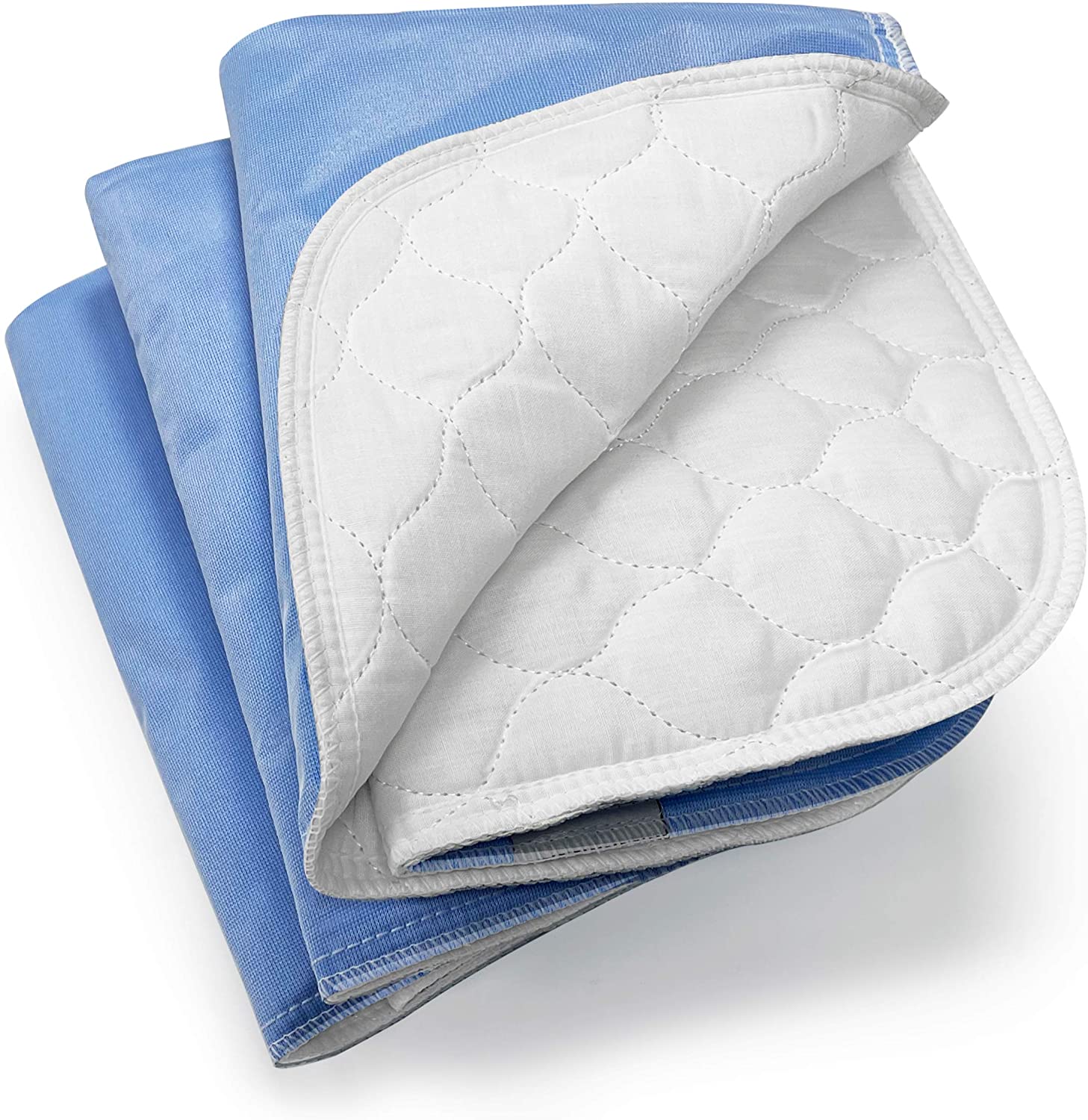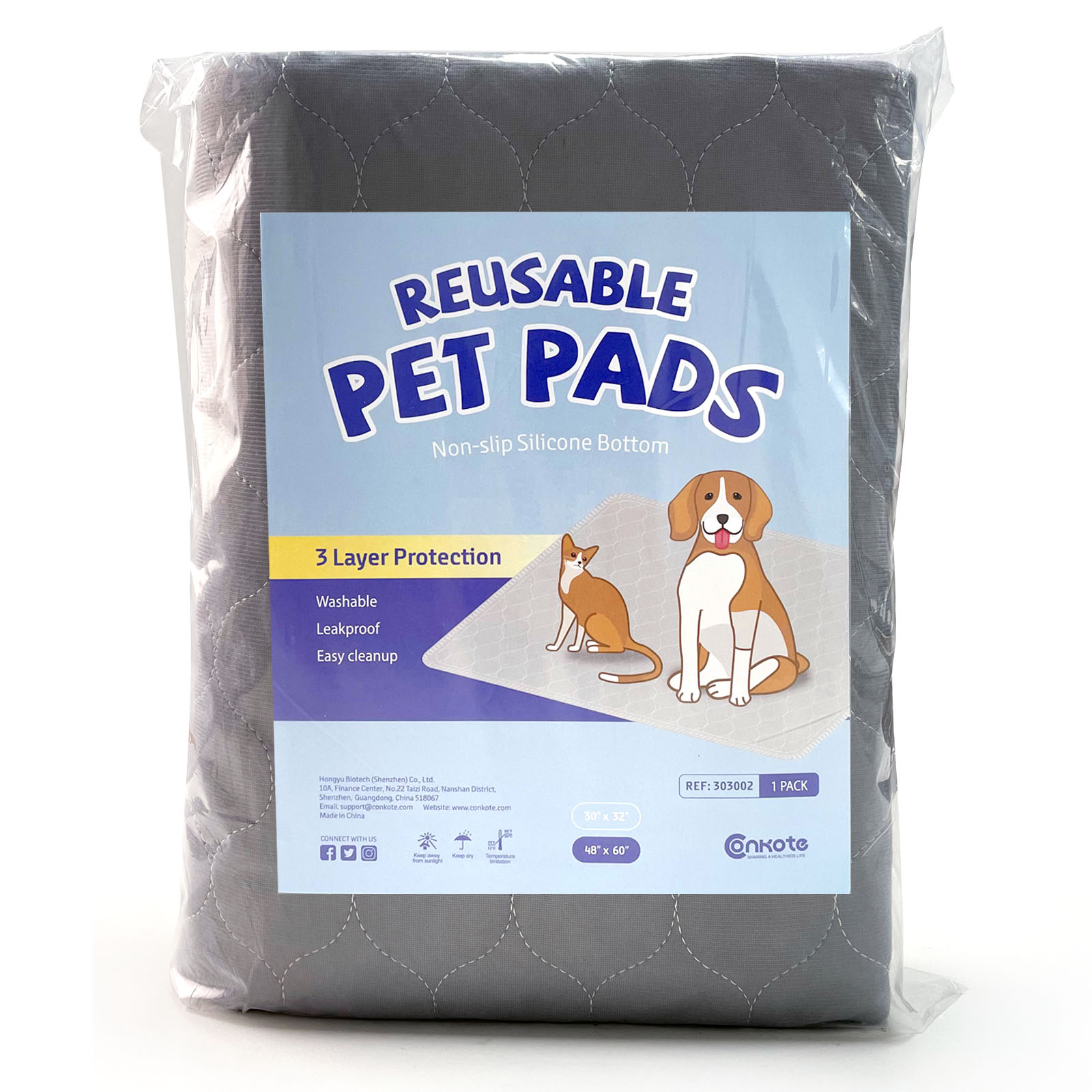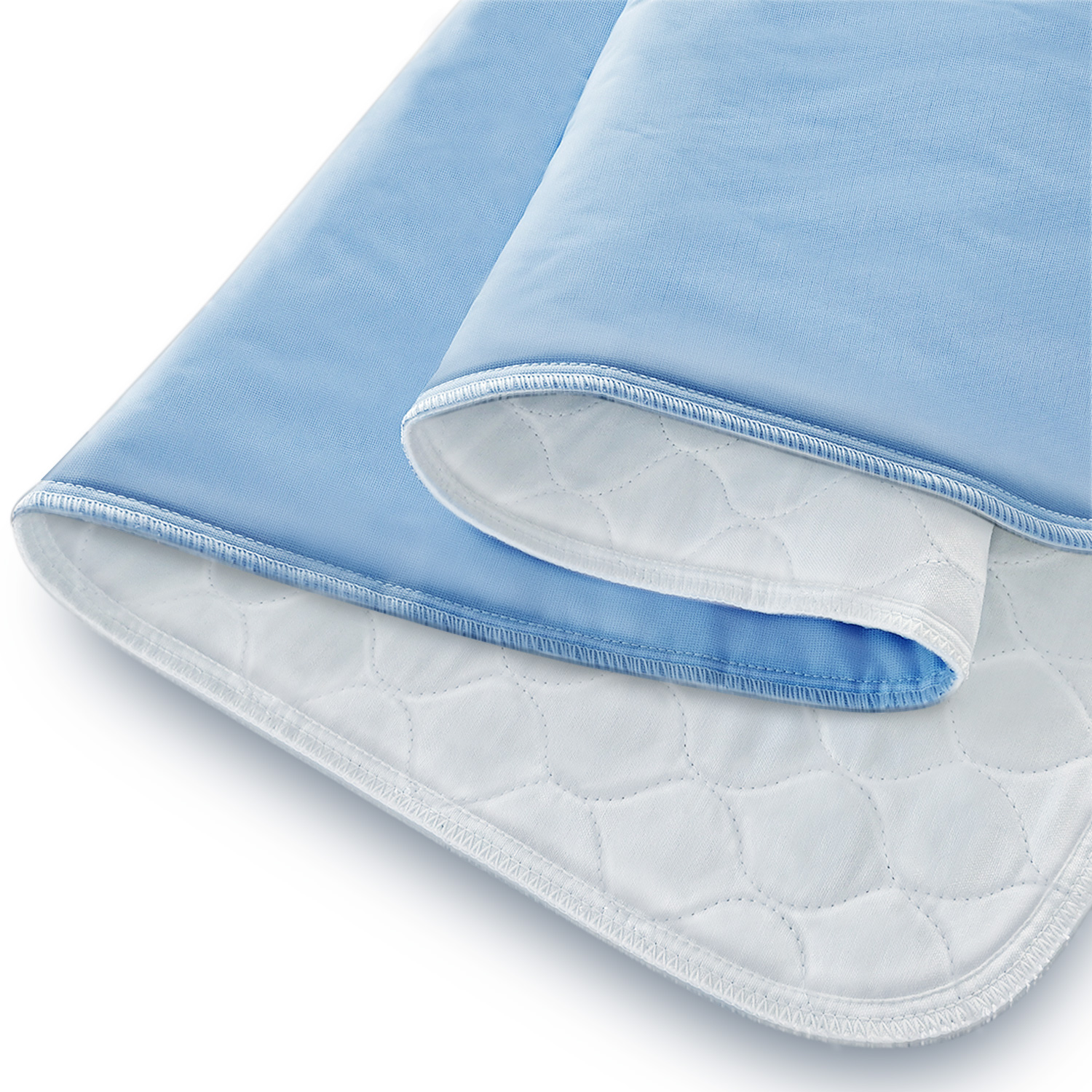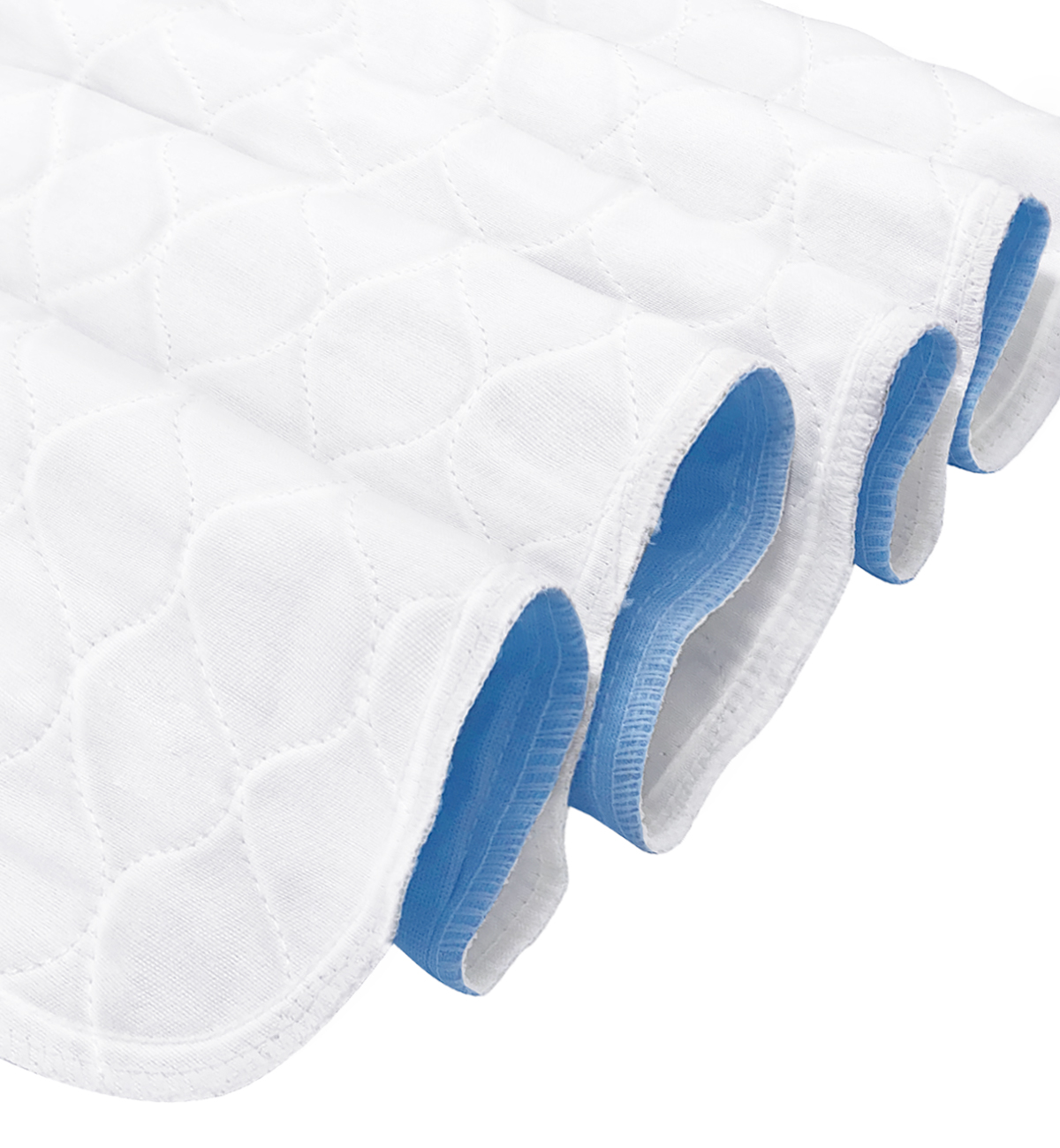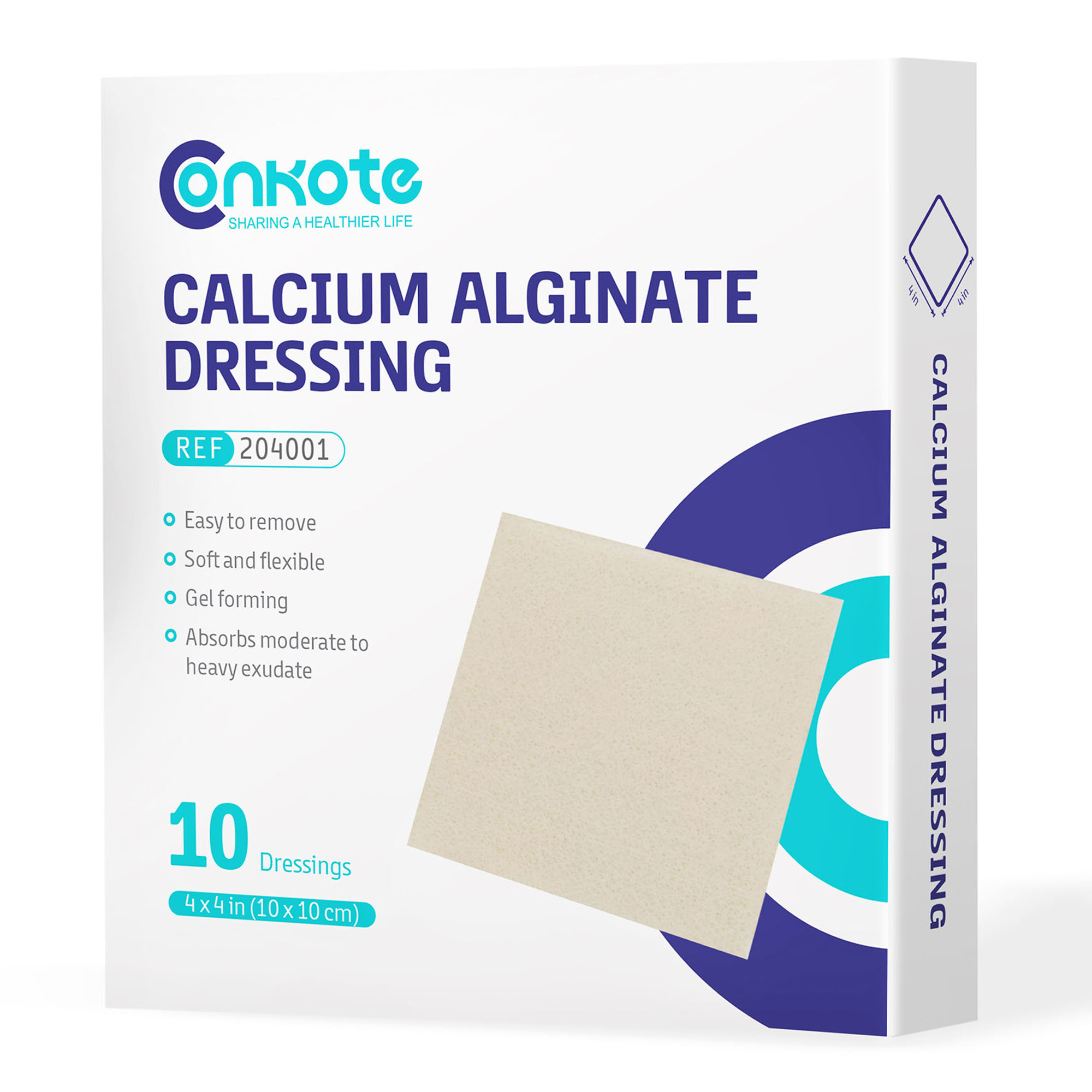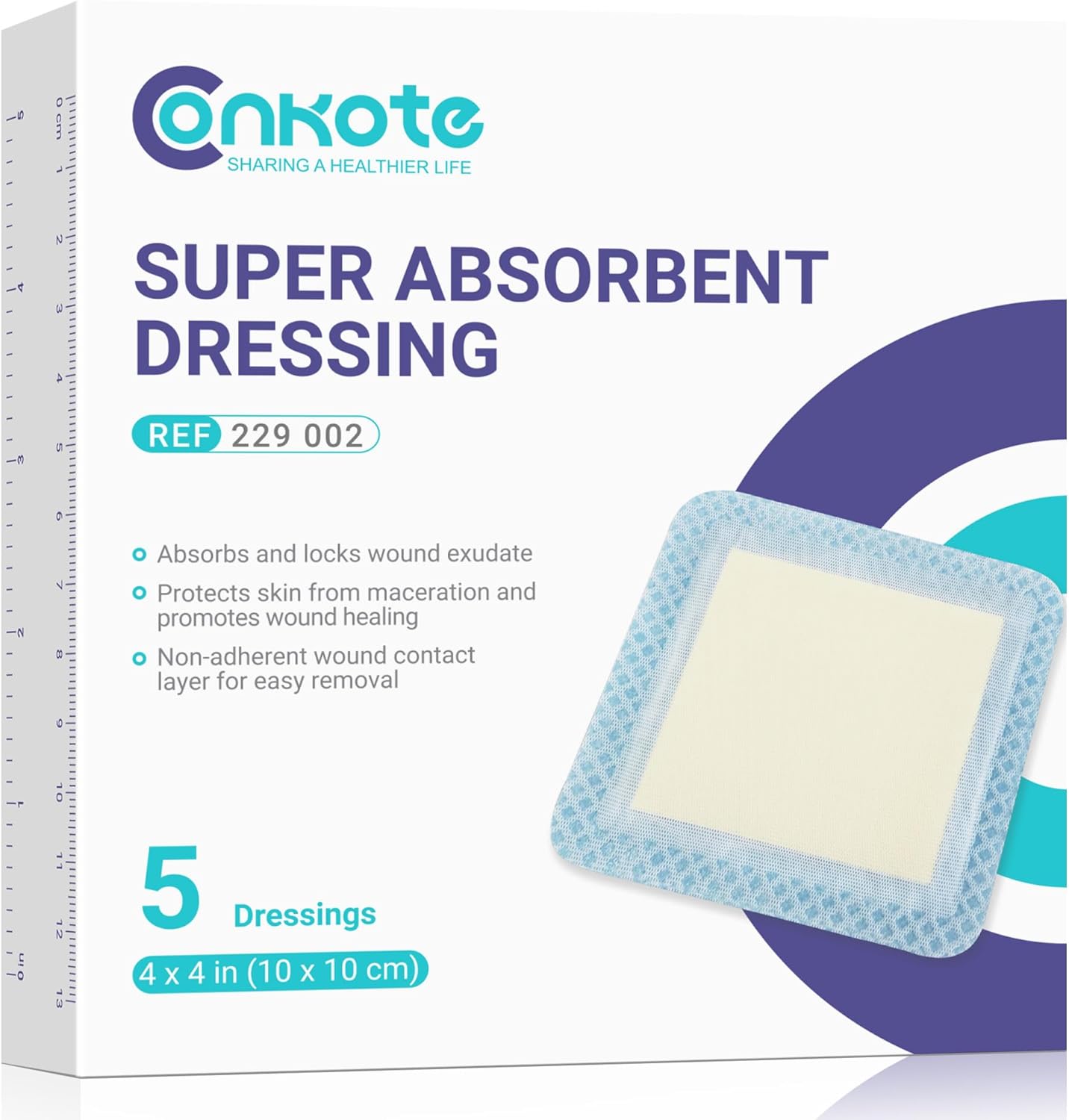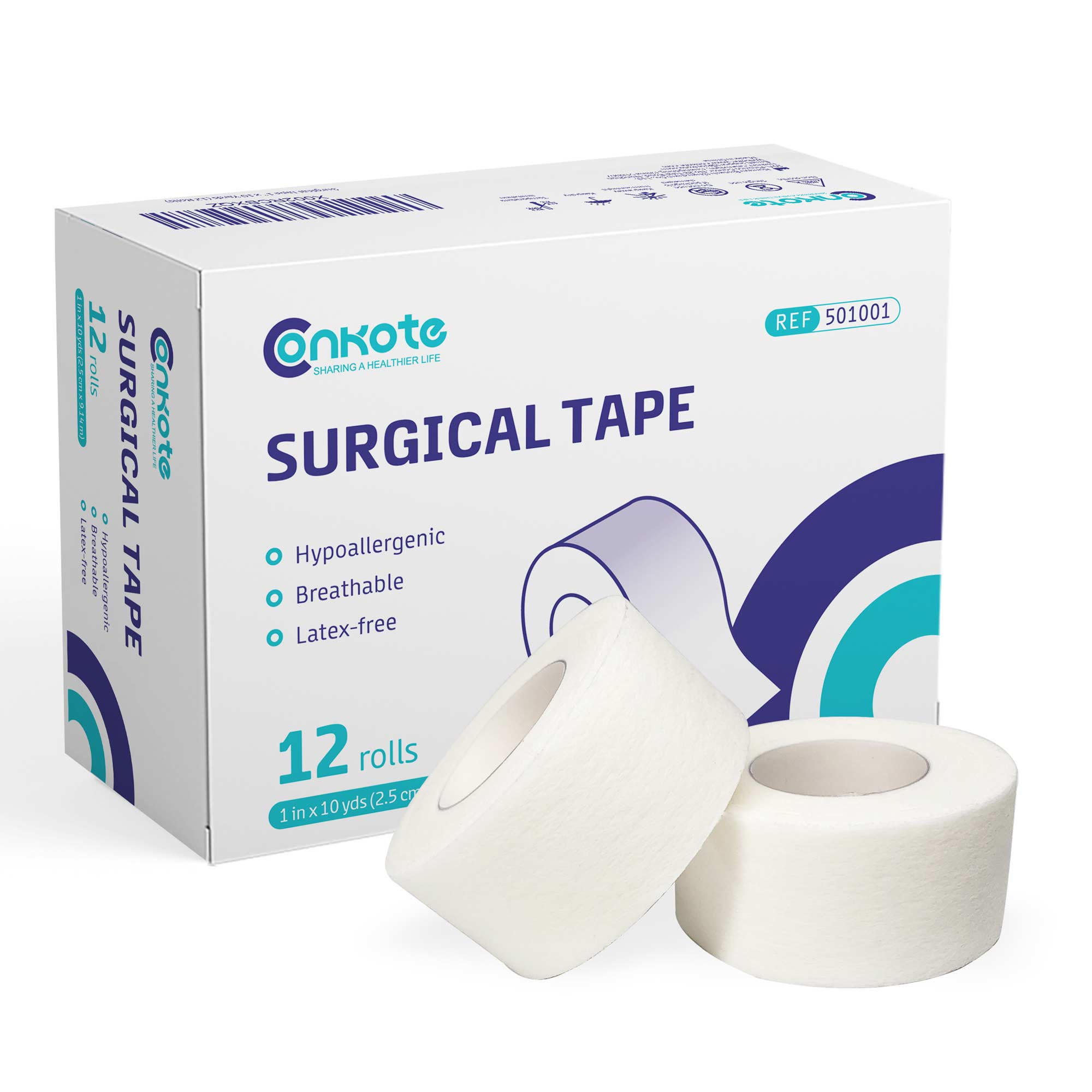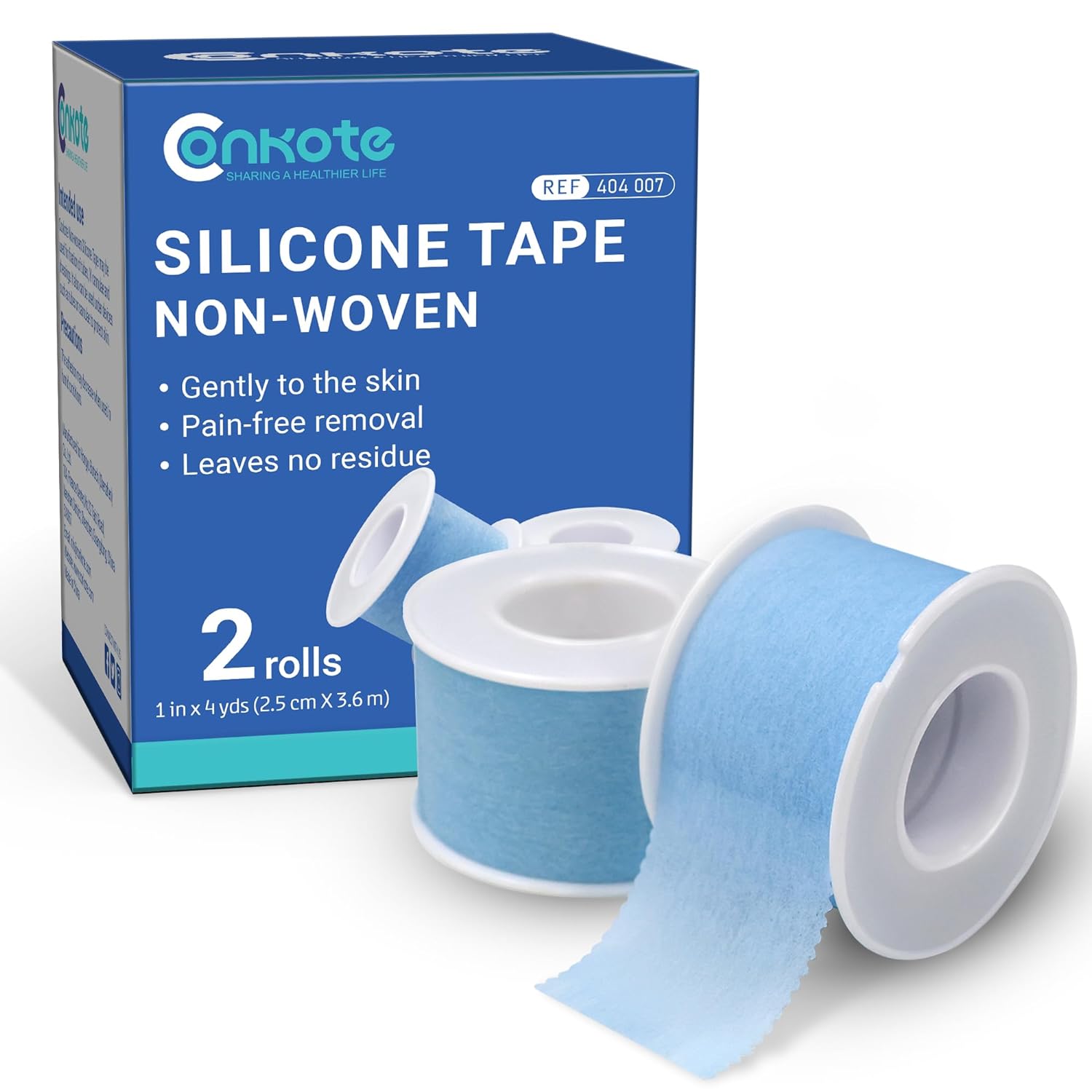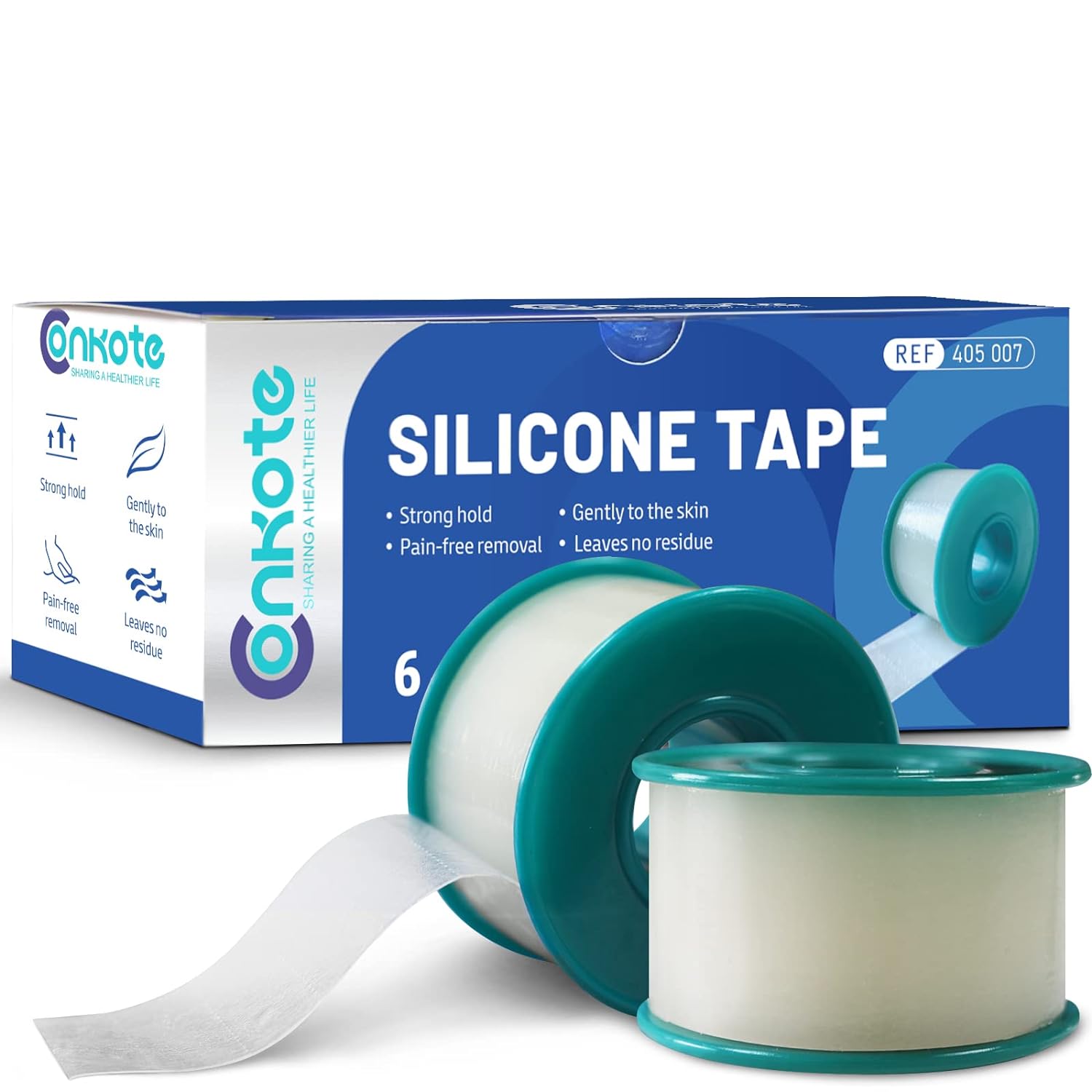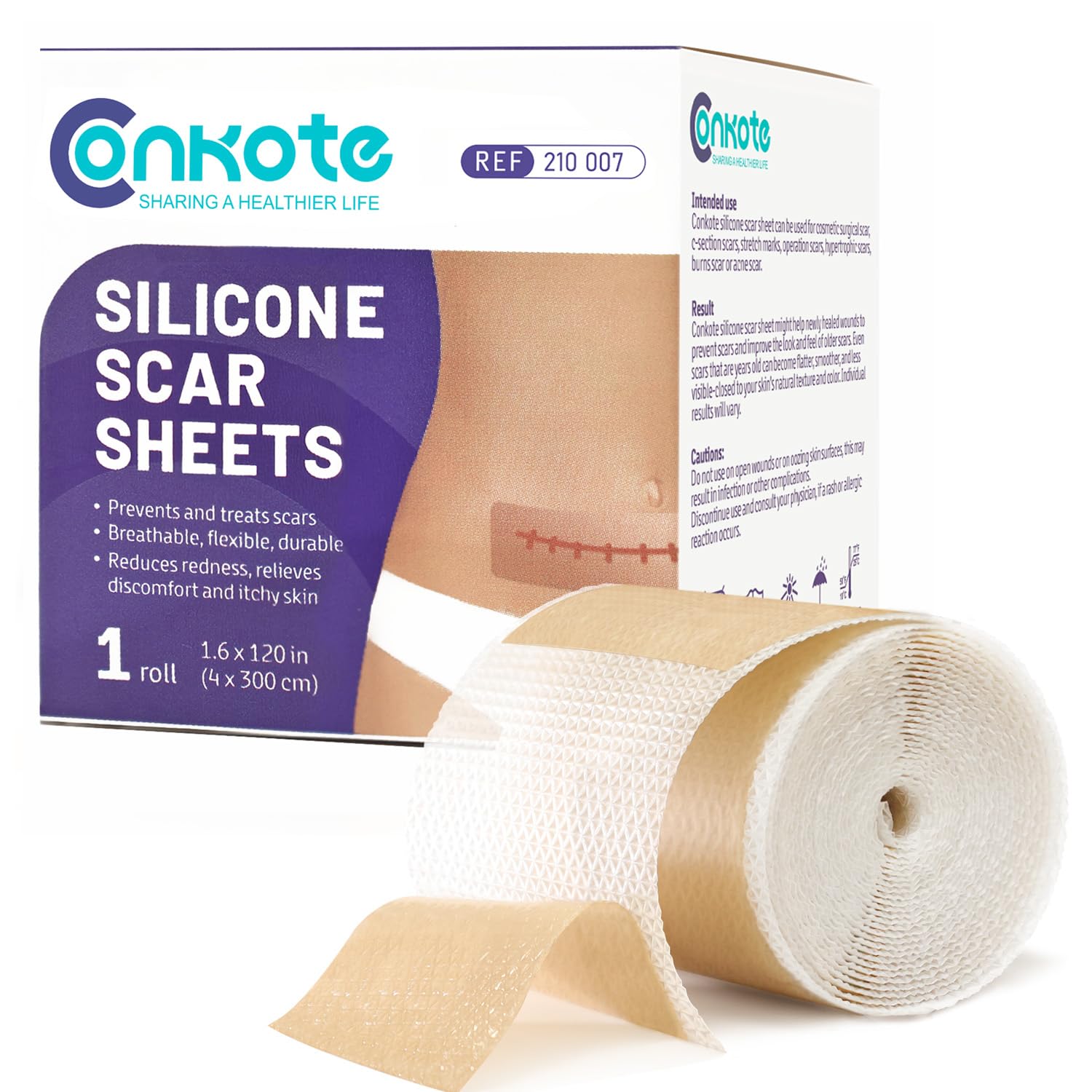How to Accurately Measure a Wound: Methods and Tips
2024-07-19 2024-07-19 15:10How to Accurately Measure a Wound: Methods and Tips
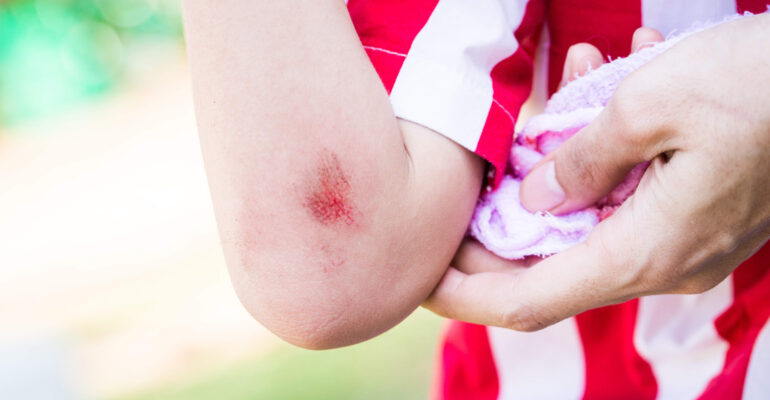
How to Accurately Measure a Wound: Methods and Tips
Measuring a wound is an essential aspect of wound care. Proper measurement helps determine the progress of healing, the size, and the depth of the wound bed, which is crucial for deciding the appropriate treatment needed for healing.
Methods for Measuring a Wound
Using a consistent method each time you measure a wound is key to accurate weekly wound assessments. The measurement technique also depends on the type of wound the patient has and may change as the wound progresses.
Here are the most commonly used techniques to measure a wound:
- Maximum Length and Width Method:In this method, the maximum length and the maximum width of the wound are measured along the wound’s diameter, from one edge of the wound to the opposite edge. The length and width can be multiplied to obtain the square area of the wound. This single figure can be compared over time and should decrease if the wound is healing.
- Clock Face Method:This method uses the face of a clock as a guide for measurement. The 12 o’clock position is oriented towards the head of the body. Measurements are then taken from 12:00 to 6:00 and from 9:00 to 3:00. Depth can and should be included in both methods to provide a three-dimensional measurement of the wound. To measure the depth, gently insert a moistened cotton swab into the deepest part of the wound bed. Then, hold the swab at the wound edge and measure it against a ruler.
- Combination Method:This method combines the maximum length and width method with the clock face method. With this method, the maximum length and width perpendicular to the length are obtained and multiplied to get the surface area. The depth should also be recorded.
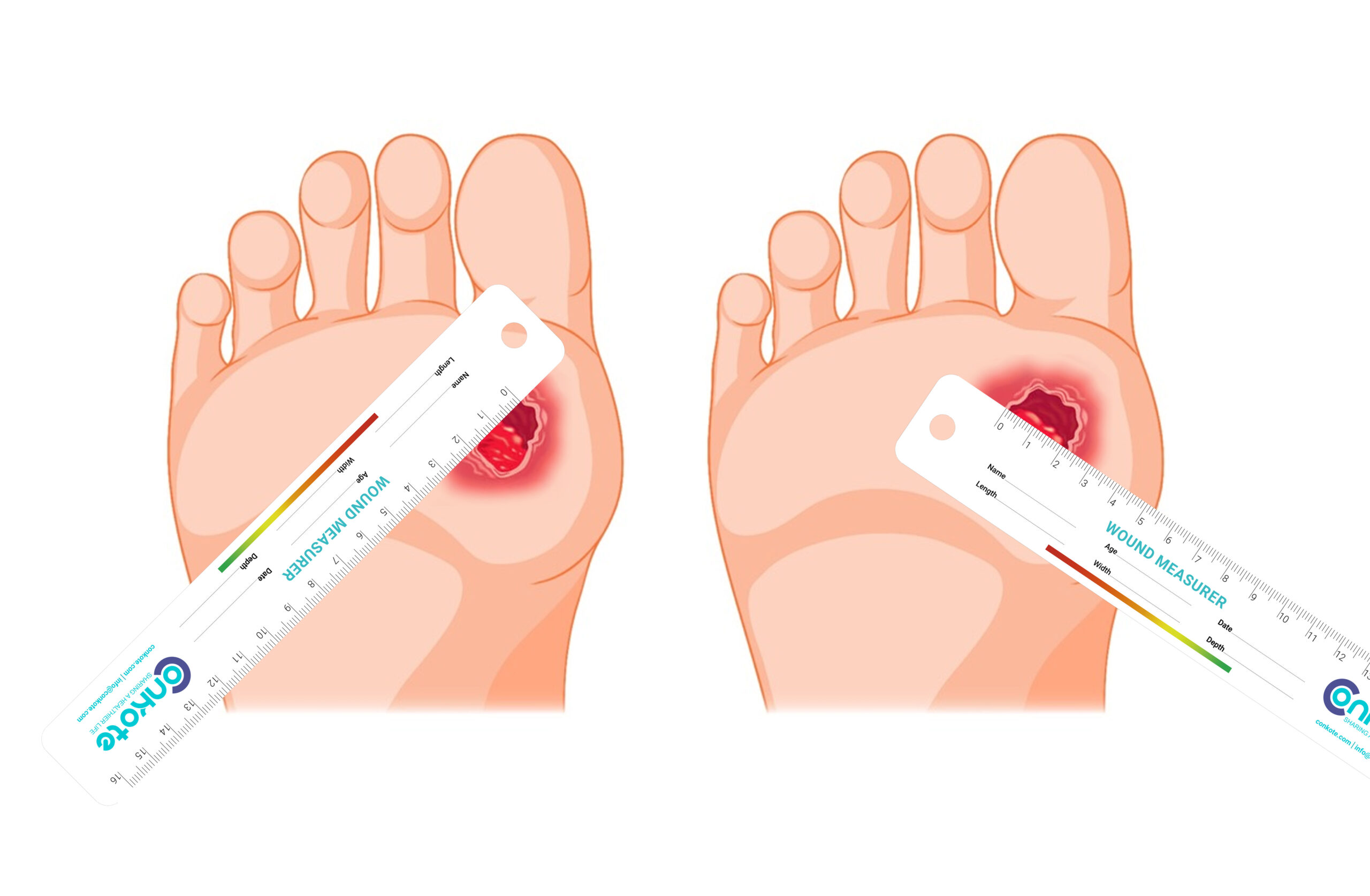
Tips for Measuring a Wound
To measure a wound accurately, it is essential to take the necessary steps to ensure sterility and precision. The measurement of the wound size and bed should be carried out carefully and meticulously. Here are some tips to consider:
- Wash Hands and Use Gloves:Wash your hands thoroughly and use sterile gloves before touching the wound. This helps prevent the spread of germs and bacteria to the wound.
- Clean the Wound:Clean the wound with sterile saline solution and carefully dry the skin around the wound.
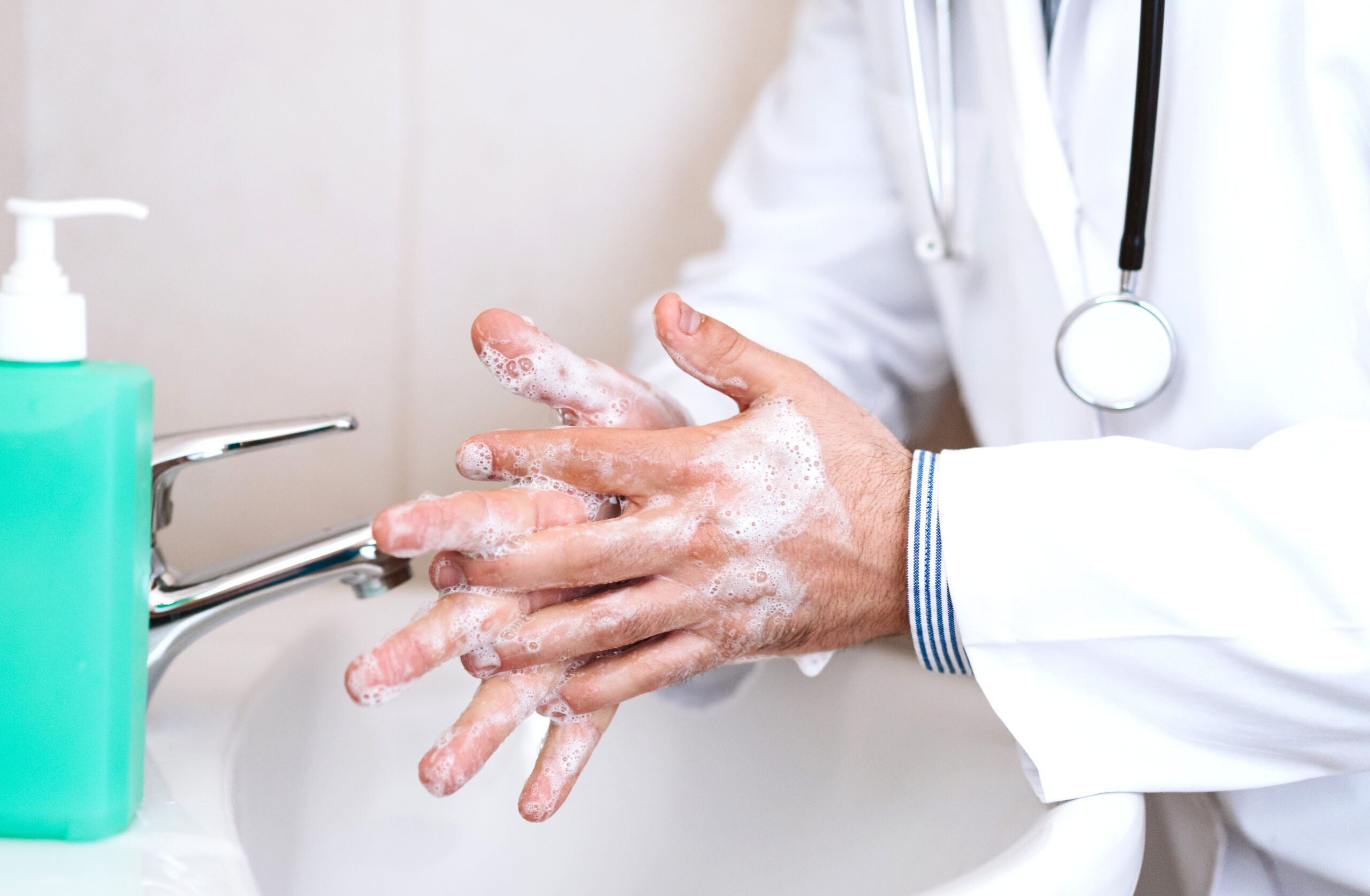
- Use a Measuring Device:Use a ruler or a wound measurement device, which can be found at pharmacies or online. Ensure that the measuring device is clean and sterile before use.
- Place the Device Correctly:Place the ruler or measuring device over the wound and measure the length and width of the wound. It’s important to measure in the longest and widest possible directions.
- Track Your Measurements:Record the measurements of the length and width of the wound in a wound care log. Also, note the date of measurement and any additional observations, such as the amount of exudate produced.
Measuring the Wound Bed
The wound bed is the exposed surface of the skin within the wound. Measuring this area is important for determining the wound’s depth and the type of treatment necessary for healing.
Tips for Measuring the Wound Bed:
- Proper Cleaning:Use a sterile gauze to gently clean the wound bed. If the wound is dry or has scabs, you can moisten the gauze with sterile saline solution to soften the scab and facilitate cleaning.
- Measure the Bed:With a sterile probe, measure the depth of the wound. Place the tip of the probe in the deepest part of the wound and measure the depth from the skin’s surface to the probe’s tip. It’s important to measure the depth at several points in the wound for an accurate measurement.
- Keep a Record:Record the depth of the wound in the wound care log. Also, note any additional observations, such as the presence of necrotic or granulation tissue.
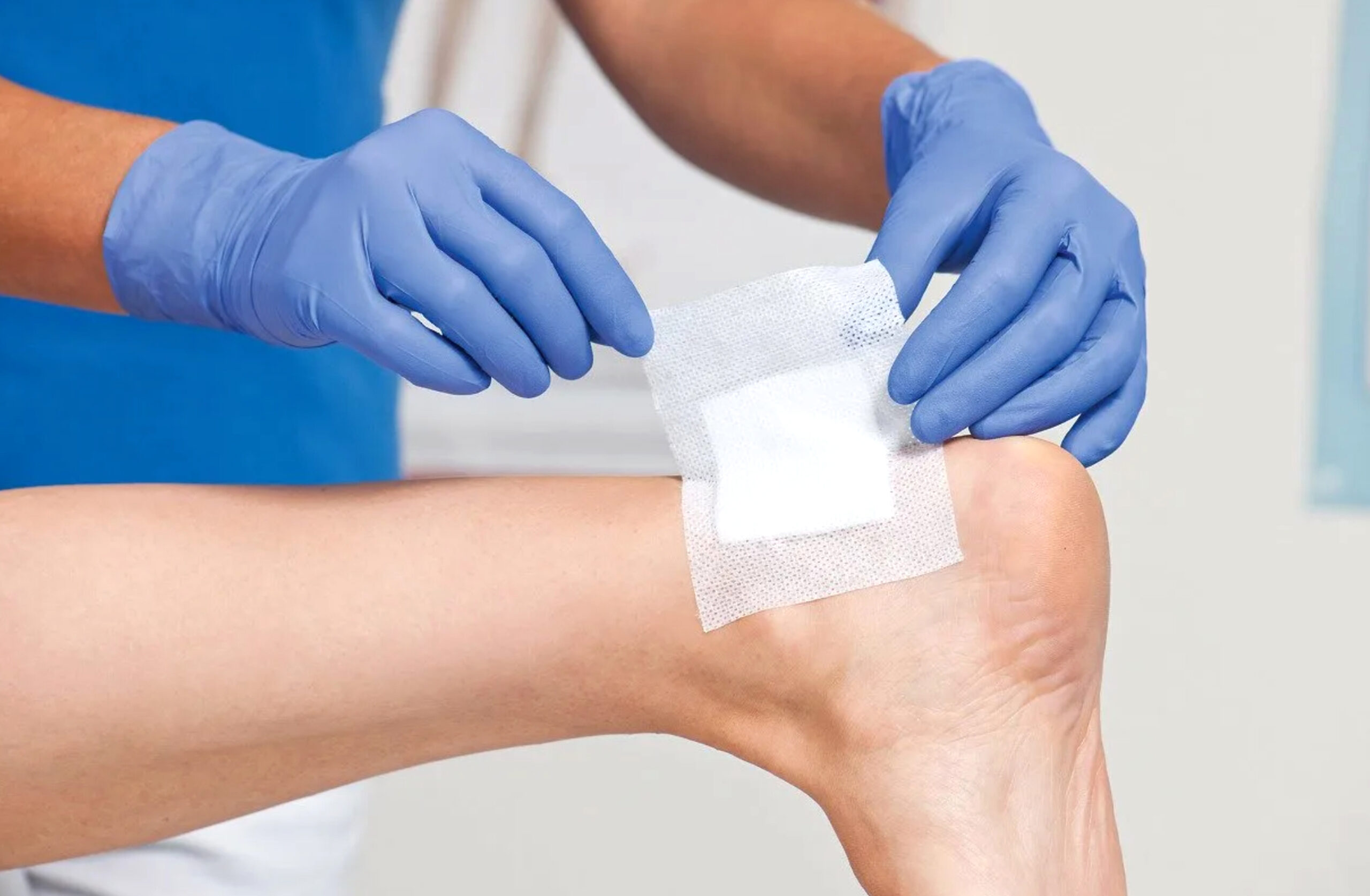
By following these methods and tips, you can ensure that wound measurements are accurate and consistent, which is crucial for effective wound management and healing. Always consult with healthcare professionals for personalized advice and treatment options.
Search by Tags
advanced woundcare dressing Bedsores Blood Blood donation chronic decrease Chronic Wound comprehensive guide Conkosil Diabetes diabetes foot diabetes prevention Diabetes,Foot Problems,wound Diabetic foot dog training donation dor pee pads Easy Tips First aid health health life Home Care Ionic Silver Dressin Innovative Technology for Wound Care Lesions Measure a Wound medical tape Moist Wound Healing Negative pressure wound therapy papertape pet care Pressure Ulcers puppy pee pads Self-Adhesive Bandage Skin care tape Tobacco traditional wound care dressing World No Tobacco Day Wound care wound dressing wound healing wound infection wound materials woundmaterials wound type wound vac





